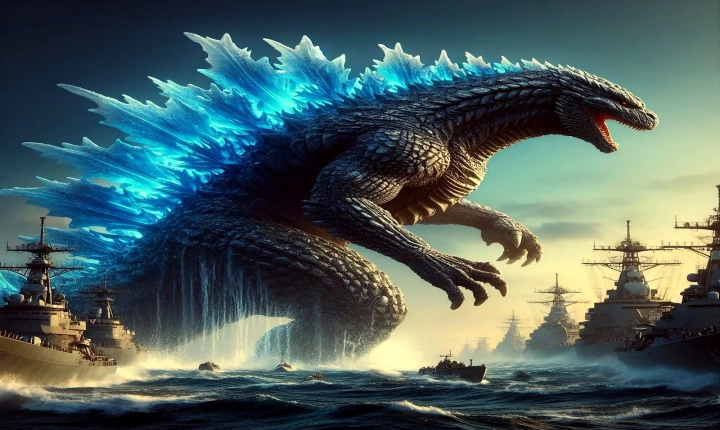Creating AI-generated images has become an increasingly popular and accessible technique for artists, designers, and developers. With the advancement of machine learning and deep learning technology, it is now easier than ever to create stunning and realistic images using AI algorithms. In this article, we will explore the various methods and tools available for creating AI images, as well as the potential applications and implications of this innovative technology.
One of the most common and accessible methods for creating AI images is through the use of Generative Adversarial Networks (GANs). GANs are a type of neural network that consists of two competing models – a generator and a discriminator. The generator generates images, while the discriminator evaluates the generated images against real images. Through iterative training, the generator learns to produce increasingly realistic images, while the discriminator becomes better at distinguishing between real and generated images. This results in the generation of high-quality, AI-generated images that can mimic various artistic styles and subjects.
Several open-source frameworks and libraries, such as TensorFlow, PyTorch, and Keras, provide pre-trained GAN models that can be used for generating AI images. These models can be fine-tuned and customized to generate images specific to the user’s requirements, whether it be creating new artworks, generating realistic landscapes, or even developing unique character designs for games and animations.
Another approach to creating AI images is through the use of style transfer algorithms. Style transfer allows users to combine the content of one image with the artistic style of another. This technique is based on convolutional neural networks and allows for the creation of artistic, AI-generated images with a distinct visual style. Applications of style transfer range from creating unique digital art to enhancing photographs with artistic filters and effects.
Additionally, autoencoders and variational autoencoders (VAEs) can be used to generate AI images by learning the latent representations of input images and then manipulating these latent representations to produce new, synthesized images. This approach can be used for tasks such as image inpainting, where missing or damaged parts of an image can be filled in using AI-generated content.
The applications of AI-generated images are vast and diverse. They can be used in various fields, such as entertainment, advertising, and design. For instance, AI-generated images can be utilized in video games to create lifelike virtual environments, or in marketing to produce compelling visual content. Moreover, AI-generated images can be used to automate the design process by producing various iterations and variations of a given concept, thus saving time and effort for designers and artists.
While the creation of AI-generated images opens up exciting new possibilities, it is important to consider the ethical and legal implications of this technology. Issues such as copyright infringement, misuse of AI-generated content, and the potential for spreading misinformation through manipulated images need to be carefully addressed. As AI-generated images become more realistic, there is a need for ethical guidelines and regulations to ensure their responsible and ethical use.
In conclusion, the creation of AI-generated images represents a significant advancement in the field of artificial intelligence and has the potential to revolutionize the way we create and interact with visual content. With the availability of powerful AI algorithms and the increasing accessibility of machine learning tools, creating AI images has become an exciting and creative endeavor with wide-ranging applications. As this technology continues to evolve, it is essential to consider its ethical implications and ensure that AI-generated images are used responsibly and ethically.
